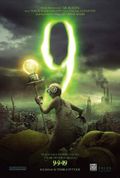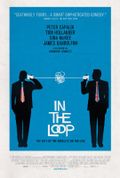Pittsburgh’s Mattress Factory
When it comes to the arts, Telluride puts its money where its mouth is, lending support in substantive ways such as an artists' cooperative known as the Stronghouse Studios. Pittsburgh has the Mattress Factory, an artists' co-op and museum featuring installation art in room-sized...













